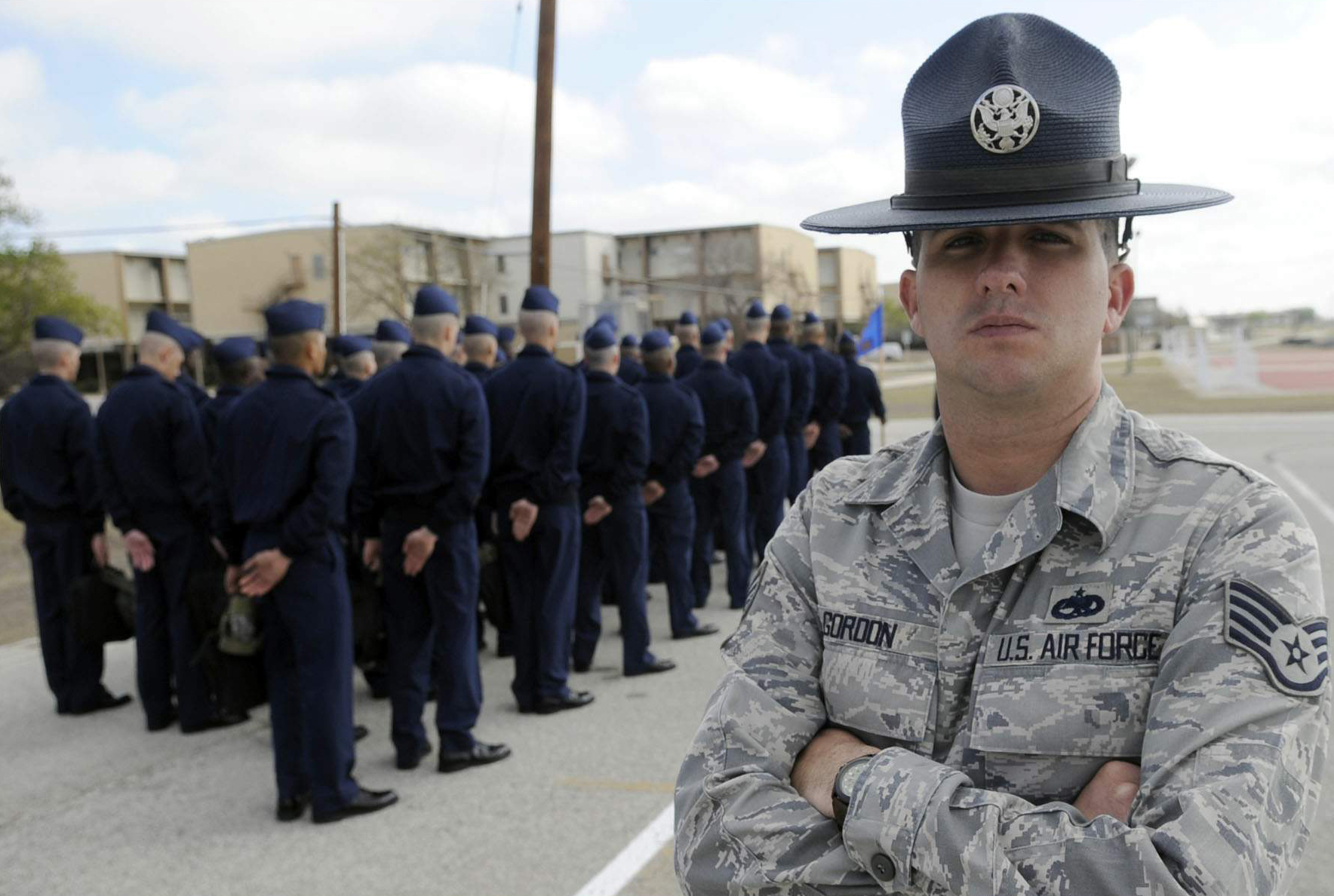|
Lackland Air Force Base
Lackland Air Force Base is a United States Air Force (USAF) base located in Bexar County, Texas. The base is under the jurisdiction of the 802d Mission Support Group, Air Education and Training Command (AETC) and an enclave of the city of San Antonio. It is the only site for USAF and United States Space Force enlisted Basic Military Training (BMT). Lackland AFB is part of Joint Base San Antonio (JBSA), an amalgamation of Fort Sam Houston, Randolph AFB and Lackland AFB, which were merged on 1 October 2010.Joint Base San Antonio 502d ABW JBSA was established in accordance with congressional legislation implementing the recommendations of the 2005 Base Realignment and Closure Commission. The ... [...More Info...] [...Related Items...] OR: [Wikipedia] [Google] [Baidu] |
Joint Base San Antonio
Joint Base San Antonio (JBSA) is a United States military facility located in San Antonio, Texas, USA. The facility is under the jurisdiction of the United States Air Force 502d Air Base Wing, Air Education and Training Command (AETC). The wing's three Mission Support Groups perform the installation support mission at the three bases that form JBSA. The facility is a Joint Base of the United States Army Fort Sam Houston, the United States Air Force Randolph Air Force Base, Lackland Air Force Base and Martindale Army Airfield, which were merged on 1 October 2010. Overview JBSA was established in accordance with congressional legislation implementing the recommendations of the 2005 Base Realignment and Closure Commission. The legislation ordered the consolidation of the three facilities which were nearby, but separate military installations, into a single joint base, one of 12 formed in the United States as a result of the law. Joint Base San Antonio supports a populatio ... [...More Info...] [...Related Items...] OR: [Wikipedia] [Google] [Baidu] |
Air Force Reserve
The Air Force Reserve Command (AFRC) is a major command (MAJCOM) of the United States Air Force, with its headquarters at Robins Air Force Base, Georgia. It is the federal Air Reserve Component (ARC) of the U.S. Air Force, consisting of commissioned officers and enlisted airmen. AFRC also plays an integral role in the day-to-day Air Force mission and is not strictly a force held in reserve for possible war or contingency operations. AFRC also supports the United States Space Force through the 310th Space Wing, pending the creation of a space reserve component. Overview The federal reserve component of the United States Air Force, AFRC has approximately 450 aircraft assigned for which it has sole control, as well as access to several hundred additional active duty USAF aircraft via AFRC "Associate" wings that are collocated with active duty Air Force wings, sharing access to those same active duty Air Force aircraft. The inventory, both AFRC-controlled and active duty Regular ... [...More Info...] [...Related Items...] OR: [Wikipedia] [Google] [Baidu] |
C-121 Constellation
The Lockheed C-121 Constellation is a military transport version of the Lockheed Constellation. A total of 332 aircraft were constructed for both the United States Air Force and United States Navy for various purposes. Numerous airborne early warning versions were also constructed. The C-121 later saw service with smaller civilian operators until 1993. Design and development Lockheed's first attempt at a military version of the Constellation airliner had been unsuccessful. This was largely due to the problems encountered by the Wright R-3350 engines that powered the aircraft. After the war, the few military Constellations built (designated C-69) were retrofitted by Lockheed for use in the post-war airline industry as the L-049. In 1947, Lockheed unveiled a more economical Constellation. The L-749 as it was known, had extra fuel capacity and a more economical version of the R-3350. However, Lockheed had lost 1200 workers that same year. By 1948, production of the L-749 was a ... [...More Info...] [...Related Items...] OR: [Wikipedia] [Google] [Baidu] |
B-29 Superfortress
The Boeing B-29 Superfortress is an American four-engined propeller-driven heavy bomber, designed by Boeing and flown primarily by the United States during World War II and the Korean War. Named in allusion to its predecessor, the B-17 Flying Fortress, the Superfortress was designed for high-altitude strategic bombing, but also excelled in low-altitude night incendiary bombing, and in dropping naval mines to blockade Japan. B-29s dropped the atomic bombs on Hiroshima and Nagasaki, the only aircraft ever to drop nuclear weapons in combat. One of the largest aircraft of World War II, the B-29 was designed with state-of-the-art technology, which included a pressurized cabin, dual-wheeled tricycle landing gear, and an analog computer-controlled fire-control system that allowed one gunner and a fire-control officer to direct four remote machine gun turrets. The $3 billion cost of design and production (equivalent to $ billion today), far exceeding the $1.9&n ... [...More Info...] [...Related Items...] OR: [Wikipedia] [Google] [Baidu] |
Lockheed SR-71 Blackbird The Lockheed SR-71 "Blackbird" is a long-range, high-altitude, Mach 3+ strategic reconnaissance aircraft developed and manufactured by the American aerospace company Lockheed Corporation. It was operated by the United States Air Force (USAF) and NASA. The SR-71 was developed as a black project from the Lockheed A-12 reconnaissance aircraft during the 1960s by Lockheed's Skunk Works division. American aerospace engineer Clarence "Kelly" Johnson was responsible for many of the aircraft's innovative concepts. The shape of the SR-71 was based on that of the A-12, which was one of the first aircraft to be designed with a reduced radar cross-section. Initially, a bomber variant of the A-12 was requested by Curtis LeMay, before the program was focused solely on reconnaissance. Mission equipment for the reconnaissance role included signals intelligence sensors, side looking airborne radar, and a camera; the SR-71 was both longer and heavier than the A-12, allowing it ... [...More Info...] [...Related Items...] OR: [Wikipedia] [Google] [Baidu] |



